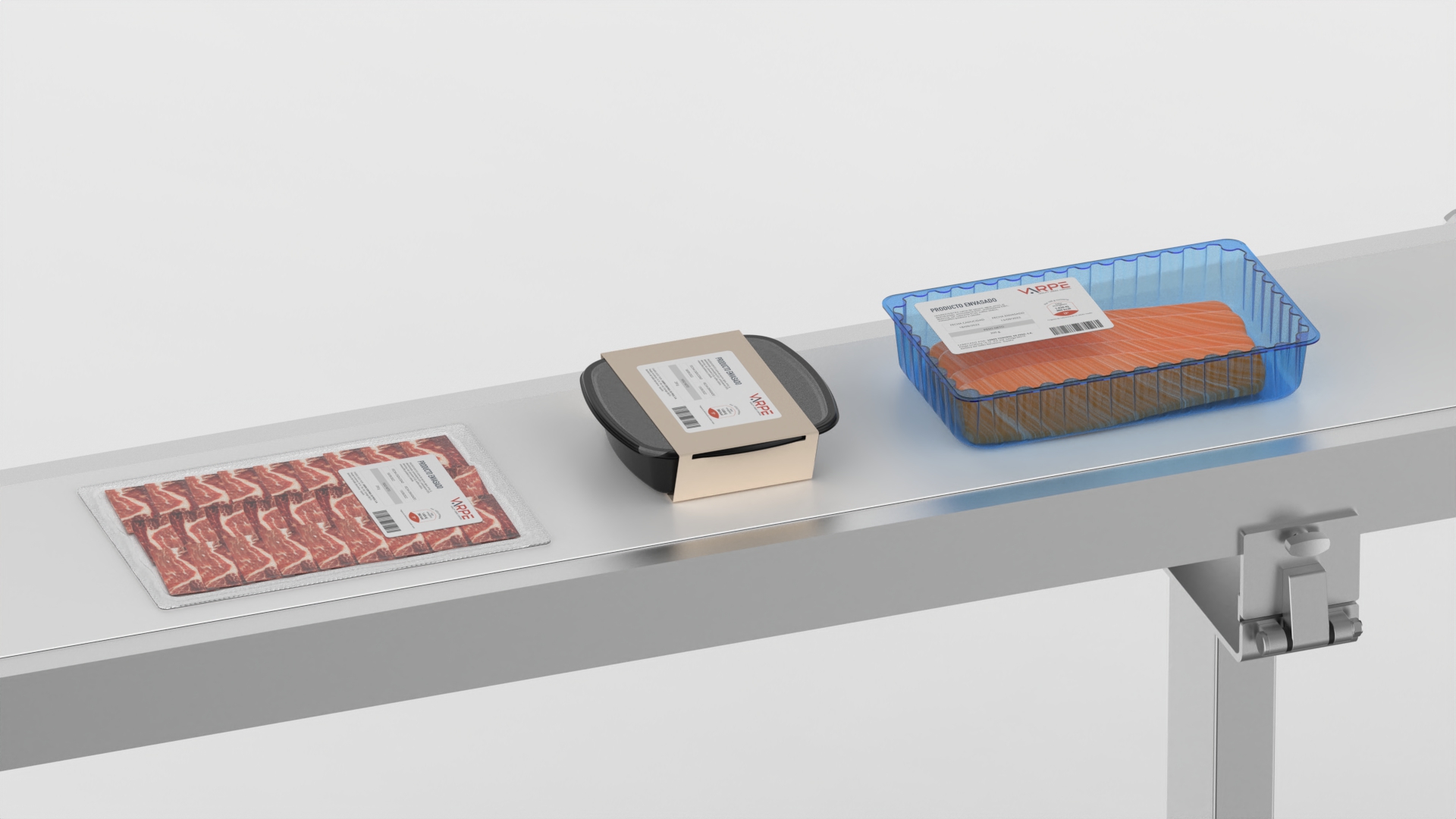Food traceability is a concept that has become increasingly relevant in recent years. In a world where concern for food quality and safety is paramount, understanding what food traceability is and the different types that exist has become essential knowledge for producers, consumers and health authorities. In this article, we will explore this crucial topic in depth and answer the most common questions, such as what is food traceability and what are the most prominent types.
FOOD TRACEABILITY
by marketing on 3 de November de 2023
Food traceability: why is it important?
What is food traceability?
To begin with, it is essential to understand what exactly food traceability means. Simply put, it refers to the ability to trace a food product from its origin to its final destination in the supply chain. This includes the identification of all points of contact, from production to distribution and retail.
Food traceability is based on the collection and recording of detailed information about each step a food takes on its way to the consumer. This information can include details about the producer, dates of manufacture and packaging, transport, storage and more. In short, it is about keeping a complete and detailed record of the life of a food product.
To ensure the effectiveness of food traceability, advanced food inspection systems are essential. These systems enable continuous monitoring of product quality and safety at every stage of the supply chain, providing peace of mind for both producers and consumers.
Food traceability is based on the collection and recording of detailed information about each step a food takes on its way to the consumer. This information can include details about the producer, dates of manufacture and packaging, transport, storage and more. In short, it is about keeping a complete and detailed record of the life of a food product.
To ensure the effectiveness of food traceability, advanced food inspection systems are essential. These systems enable continuous monitoring of product quality and safety at every stage of the supply chain, providing peace of mind for both producers and consumers.

Types of food traceability
To begin with, it is essential to understand what exactly food traceability means. Simply put, it refers to the ability to trace a food product from its origin to its final destination in the supply chain. This includes the identification of all points of contact, from production to distribution and retail.
Food traceability is based on the collection and recording of detailed information about each step a food takes on its way to the consumer. This information can include details about the producer, dates of manufacture and packaging, transport, storage and more. In short, it is about keeping a complete and detailed record of the life of a food product.
To ensure the effectiveness of food traceability, advanced food inspection systems are essential. These systems enable continuous monitoring of product quality and safety at every stage of the supply chain, providing peace of mind for both producers and consumers.
Food traceability is based on the collection and recording of detailed information about each step a food takes on its way to the consumer. This information can include details about the producer, dates of manufacture and packaging, transport, storage and more. In short, it is about keeping a complete and detailed record of the life of a food product.
To ensure the effectiveness of food traceability, advanced food inspection systems are essential. These systems enable continuous monitoring of product quality and safety at every stage of the supply chain, providing peace of mind for both producers and consumers.
Backward traceability
Backward traceability focuses on tracing the origin of a food product. In other words, it goes backwards in the supply chain to identify where a specific food comes from. This approach is essential to identify the cause of any problems or contamination that may arise in a batch of products.

Forward traceability
In contrast to backward traceability, forward traceability focuses on tracking the destination of a product. This means that every step a food takes forward in the supply chain is recorded, ensuring that it reaches its final destination safely and without tampering.

Internal traceability
Internal traceability refers to the monitoring of internal processes within a food business. This includes monitoring the production, storage and distribution of food within the organisation. It is essential to ensure the quality and safety of products from creation to output.

External traceability
On the other hand, external traceability involves the tracking of food products once they have left the company and are in the hands of distributors and retailers. This makes it possible to identify any problems that may arise during transport or handling of the food outside the company.

The importance of food traceability
Product traceability, from the origin of ingredients to the final product on shop shelves, is essential to ensure the quality and safety of the food that reaches our homes.
Now that we have explored what food traceability is and the types that exist, it is essential to understand why it is so important.
Here are some key reasons:
Now that we have explored what food traceability is and the types that exist, it is essential to understand why it is so important.
Here are some key reasons:
1. Food security
Food safety is a top priority for consumers and health authorities. Food traceability allows any contaminated or unsafe products to be quickly identified and removed from the market, reducing the risk of foodborne illness.

2. Regulatory compliance
Government regulations and food industry standards require strict compliance. Food traceability helps companies comply with these regulations by providing a complete record of food production and distribution.

3. Product quality
Traceability is not only about safety, but also about quality. It allows companies to maintain rigorous control over their production processes and ensure that food reaches consumers in the best possible condition.

4. Consumer confidence
Consumers increasingly value transparency and detailed information about the food they eat. Food traceability provides this transparency and helps build consumer confidence in brands and products.

In short, food traceability is an essential component of the modern food industry. It enables the accurate tracking of food from its origin to its final destination, ensuring safety, quality and regulatory compliance. With growing concerns about food safety, understanding what food traceability is and the types that exist is vital for all parties involved in the food supply chain. Investing in robust traceability systems is not only a compliance measure, but also a smart strategy to gain consumer confidence and ensure the quality of the food products that reach our tables. So next time you buy food at the supermarket, remember that behind every product there is a traceability system to ensure its safety and quality.
